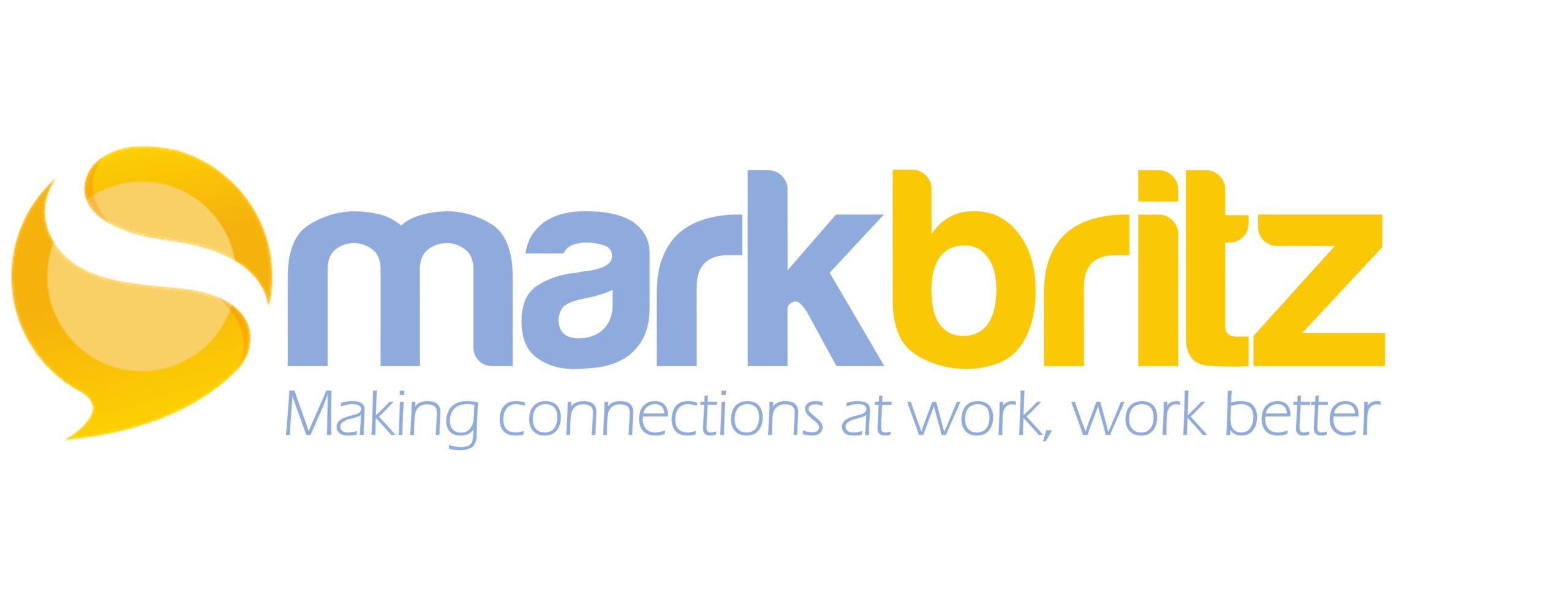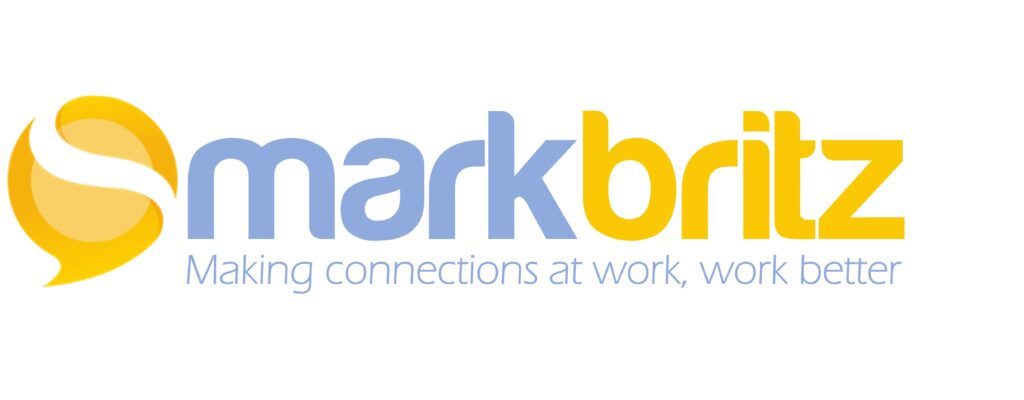Typically when I read a story to my kids I don’t respect punctuation all that much. This is probably because I approach reading to them as I approach reading to myself; consuming a lot of content in a short time. Now I must say I am mindful of correct tone with those potent punctuations; exclamation points and question marks, and I can diversify my voice to make characters spring to life like no other but comma’s, periods, semicolons, etc are hardly a bump in the road.
In the end we cuddle and read the story. The kids are happy, I’m happy… but I began to wonder if they really got it.
During this time of year the kids and I have been reading from a book of 24 Christmas stories . These stories are somewhat abstract as they aim to teach the kids about God through the story of a small bear working his way to Bethlehem. Each short story, of no more than a single page, invites much for the mind’s eye. They are filled with emotion and vivid scenery. Some of the tales even have titles like “The Wolves”, “The Giant.” and “The Thief” which awaken my children’s imagination.
Up until now, upon finishing a story, I’d ask my kids to tell me what happened and what it was about and then later to share it with their mother. Frankly they get about 30% of the story right and none of the meaning. Characters, plot, etc…all lost. So no, they didn’t get it.
I then decided to read it differently. I felt maybe the issue was my pace, that too much was coming at them at once. I really focused on the pause that periods and comma’s enable. Maybe I paused a bit too long at times as my kids would look at me oddly and I have to admit it was an uncomfortable period of silence.
It probably sounded something like this:
Benjamin had finally reached the edge of the forest. ………………………………………… The snow began to fall silently around the weary traveler as…
Something fascinating happened though – they remembered…and they remembered much longer. Furthermore the were getting the meaning, and excitedly revealed it in their own words! They asked additional questions and made connections to other ideas.
It appears that each comma or period was a pause and gave my kids micro moments to reflect on all the information they were presented. The story was somewhat chunked and they now could process every rich nugget of the unfolding plot before adding new content. Maybe they immersed themselves in the scene more; empathized with the character, sense the cold snow, heard the wind, felt the fear and then they were ready to take on more. Their eyes widened, they grew silent, and hung on my every word. They were engaged.
This experience made me wonder about the “micro moments” our employees are afforded in the learning opportunities we create in formal interventions and those we help enable within their work? In formal learning, what if more time were built into each so that reflection was an equal part along with content delivery and practice? How much opportunity do we grant for conversation and I don’t mean Q&A? Are our experiences created with reflection in mind?
What about the benefits of pauses during work? What if we encouraged blogging? What if each employee took time to better reflect upon their processes, narrated their efforts, progress and invited conversation?
Wouldn’t they too share more, question, make connections, be more engaged?

